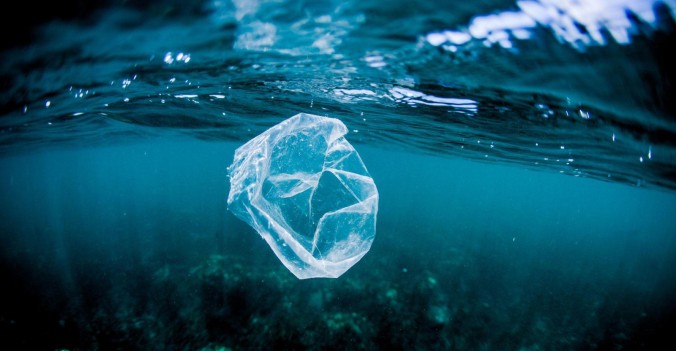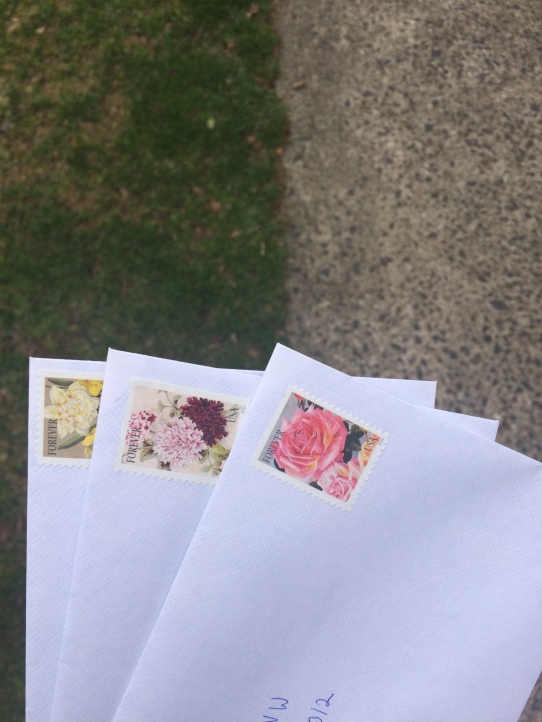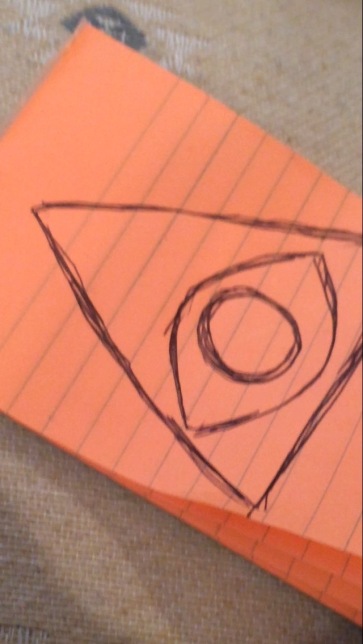Gerrymandering: the manipulation of electoral boundaries so as to favor one political party or class. In other words, no matter where you live in the U.S., or who you vote for, it is likely that your opinion is not only unimportant, but predestined, when it comes to elections.
The term “gerrymander” is a practice that had been coined nearly two hundred years ago in the election of 1812, though redistricting has been in use since 1788. Governor Elbridge Gerry of Massachusetts created a redistricting plan designed to benefit his political party. The result? A newly-drawn district in Essex county that resembled the shape of a salamander; hence, gerrymandering was born.
Gerrymandering, like the electoral college, is one example of how practices founded to benefit those centuries before our time continue to govern us today, but with far less success. What was put in place to prevent mob-rule is now politicians’ addictive cheat-tool, being used with the excuses that there are simply “no other alternatives,” and that, “it has been this way for centuries.”
The second claim is the problem, but is the first really true? To answer this, one must know the basics of districting, and how gerrymandering manipulates its functions.
A congressional district is an area of a country drawn based on the population. Each district elects one member to the U.S. House of Representatives. The intended purpose of districting is to ensure political parties an equal chance of being represented in the House; to attain this, each of these districts are supposed to be equal enough in terms of party population. Hypothetically, if there are six Republicans and six Democrats in one district, then there is predicted to be an equal chance for the preferred representative of either party to be elected. In terms of fairness, this would be quite the ideal districting situation.
Unfortunately, we do not live in the ideal world—so that situation is unlikely to occur. In reality, party populations would be more unbalanced. There may be six Republicans in a state to counter ten Democrats. Since the Democrats have a larger population, they have a better chance of their preferred candidate being elected.
Districting was put in place to prevent that sort of unbalance, providing each party a fair voting advantage during elections. If the district drawer sees uneven party populations, they can redraw the district lines to even them out.
For instance; say a curtain divides a room with five blue-shirted people on one side and five green-shirted people on the other. We can shift the curtain so that there is a mix of blue- and green-shirted people on both sides. While each side does not have an even mix of colored shirts, it is less concentrated than having all of one color on either side. This is how districting is meant to function.
Gerrymandering, on the other hand, is the manipulation of redistricting. If Democrats are in control of the government, they can use gerrymandering to draw more districts that contain mostly Democratic voters, instead of drawing districts with a more even mix of parties. This is essentially what Elbridge Gerry did to benefit his political party.
So, how did he do this?
A major idea of districting is that the more districts your party has, the more votes you have—as each district receives one vote. The more votes your party has, the more likely your candidates will win seats in the House. The more your candidates win seats, the more power your party has in Congress.
Power—an obvious incentive for politicians to exploit redistricting for their own benefit, instead of using it to preserve honest elections.
There are two methods of redistricting; “packing” districts, and “cracking” districts. When packing, district lines are drawn so as to make more districts for one’s own party, and less for the opponent’s. This is done by surrounding a certain party’s district with those of the opposing political party. This is meant to concentrate those voters into a single district, thereby reducing their influence in the surrounding, different-party districts.
Cracking a district means exactly how it sounds. Cracking occurs when lines are drawn through a large district, filled with lots of people supporting the same party, to crack it into multiple districts; thus, increasing that party’s chance of gaining more votes.
These redistricting methods are supposed to help maintain even party populations. However, since Governor Elbridge’s endeavor to manipulate their uses for personal gain, we have since ended up with more salamander-esque districts than proportional ones.

Some could argue that there is a justification to gerrymandering, in that it allows candidates who would not otherwise be elected, get elected. While this is great news for the candidate, the people end up with a ruler in office whom they did not vote for.
One example of extreme gerrymandering occurred after the 2000 census, in Pennsylvania. Democrat Frank Mascara was running for a seat in the House against Republican State Senator Tim Murphy. Mascara was running in Pennsylvania’s 18th district, along with Murphy, while Democrat John Murtha was running in Pennsylvania’s 12th district. Mascara had recalled that, before the election, his district has been “more or less the same for about a hundred years.” This is was not to be for much longer; during the election, the state legislature consisted of a Republican majority, which decided to play around with Mascara’s 18th district. What ended up happening was extreme gerrymandering; Mascara’s district was redrawn so that it was split between two different districts—the 12th and 18th. The line was so meticulously drawn so that on one side of Mascara’s street belonged to the 12th district, while his house, on the same street, belonged to the 18th. The purpose of doing this was to force Mascara into competition with Murtha in the 12th district. Both Democrats now running in the same district meant that Murphy was able to easily take over the 18th district without competition from the opposing party.
Could these sorts of incidents have been avoided? While some politicians claim that there are no alternatives to this centuries-old practice, it turns out that there have been fresh ideas in the wake towards making change. Following 2011, Virginia had held a line-drawing exercise once a survey voiced that a strong majority of Virginians wanted a nonpartisan district-drawing authority. Despite the effort in holding hearings and the writing of a report of this exercise, the idea had gained little interest, as lawmakers ignored those efforts. Iowa, on the other hand, is one of America’s rarities in terms of the redistricting process—to Iowa’s mapmakers, the process is not political. The three district drawers are not allowed to consider voter registration, past election results, or even the addresses of the current members of Congress. These restrictions help keep the redistricting process impartial to opposing party candidates. Unlike Frank Mascara’s gerrymandering incident, Iowa’s elections generally result in far more competitive races due to its strict regulations on redistricting.
Evidently, there are ways to curb gerrymandering, while not abolishing redistricting completely. Independent boards would be more effective as opposed to the state legislature having control over drawing the lines. Though, this is easier said than done; voters themselves must demand change if any is to be made. A first step forward is to question the motives of gerrymandering itself: Shall we let a decision made for an election centuries ago continue to cause turmoil during elections affecting us today? Or, shall we prepare to release ourselves from being ruled by the dead?







